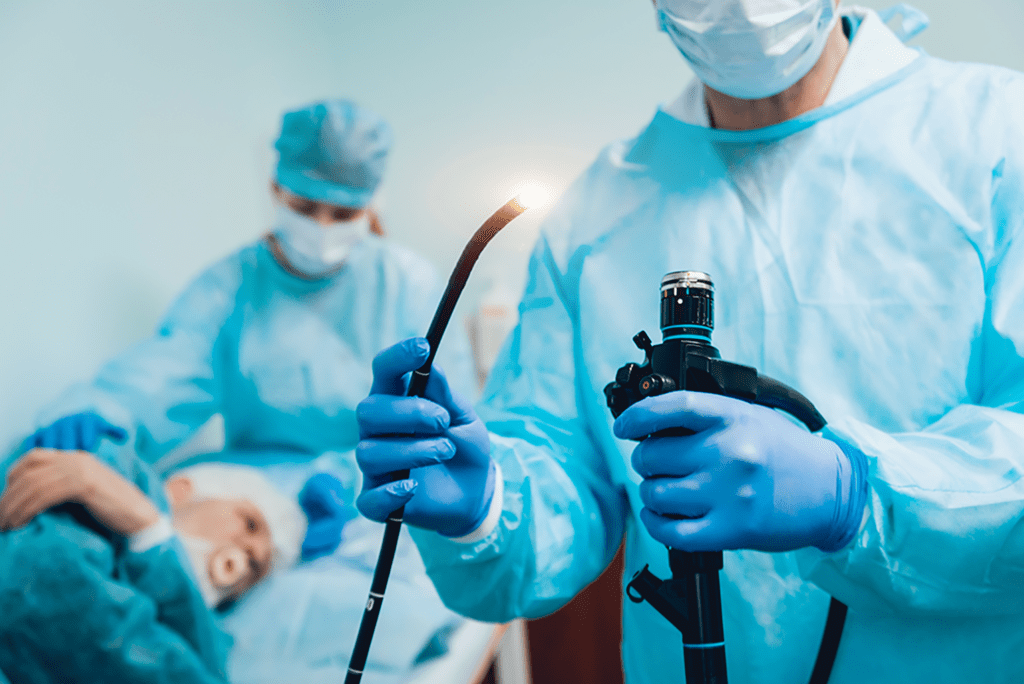When you have uncomfortable and concerning digestive problems, getting a picture of what’s actually going on inside your body is the key to diagnosis. An upper endoscopy at GastroDoxsallows Bharat Pothuri, MD, to get such an image.During the procedure, a thin tube with a light and camera attached are inserted through your mouth and throat to get a look at your esophagus, stomach, and first part of your small intestine.By seeing what’s going on in these areas of your digestive tract, an upper endoscopy can help Dr. Pothuri to identify the cause of unusual bleeding, swallowing problems, nausea and vomiting, heartburn, and pain in the abdomen or chest.Take a moment to learn how this important diagnostic tool can help you get the proper treatment and relief from digestive discomfort.
What indicates that you need an upper endoscopy?
Dr. Pothuri may order an upper endoscopy as part of a comprehensive screening of your digestive tract. You may need the procedure if you have:- Trouble swallowing
- Upper belly pain
- Chest pain that’s not related to heart problems
- Unexplained weight loss
- Continuous vomiting
- Constipation or diarrhea
- Bleeding in your upper gastrointestinal tract
Conditions we can diagnose with an upper endoscopy
Your digestive tract is complex. When it’s not operating as it should, an upper endoscopy can narrow down the cause.The procedure can diagnose gastroesophageal reflux disease, hiatal hernias, celiac disease, Crohn’s disease, and infections.Many of these conditions show similar symptoms, but are distinct disorders. An upper endoscopy allows for a more precise diagnosis, so that you can then get an appropriate, effective treatment plan.Sometimes an upper endoscopy is used for treatment
During an upper endoscopy, the doctor can also perform procedures using small instruments to help treat problems with your digestive tract.These procedures include:- Banding of abnormal veins
- Controlling bleeding
- Opening blockages or narrow areas
- Doing tissue biopsies
- Removing polyps or tumors

